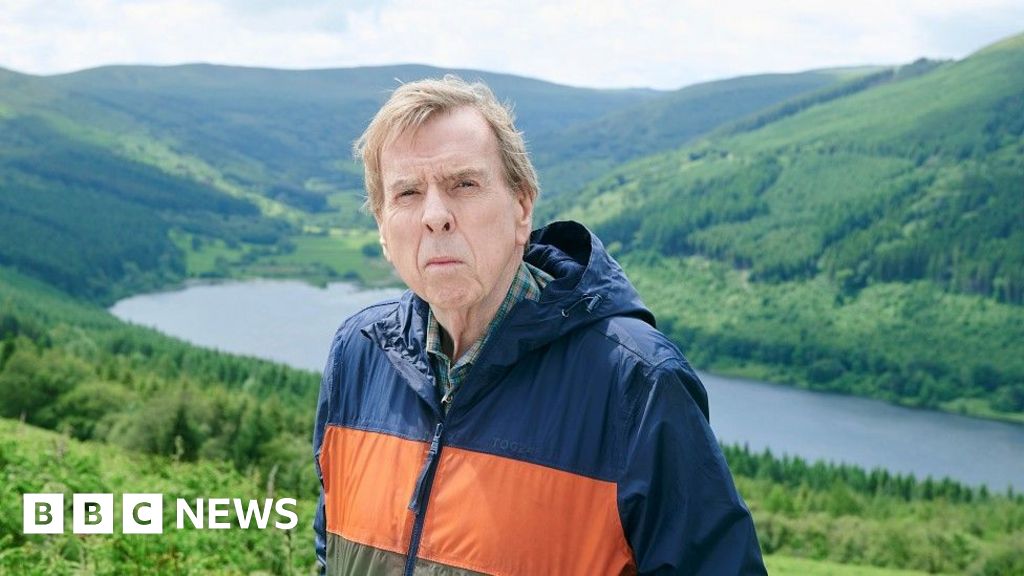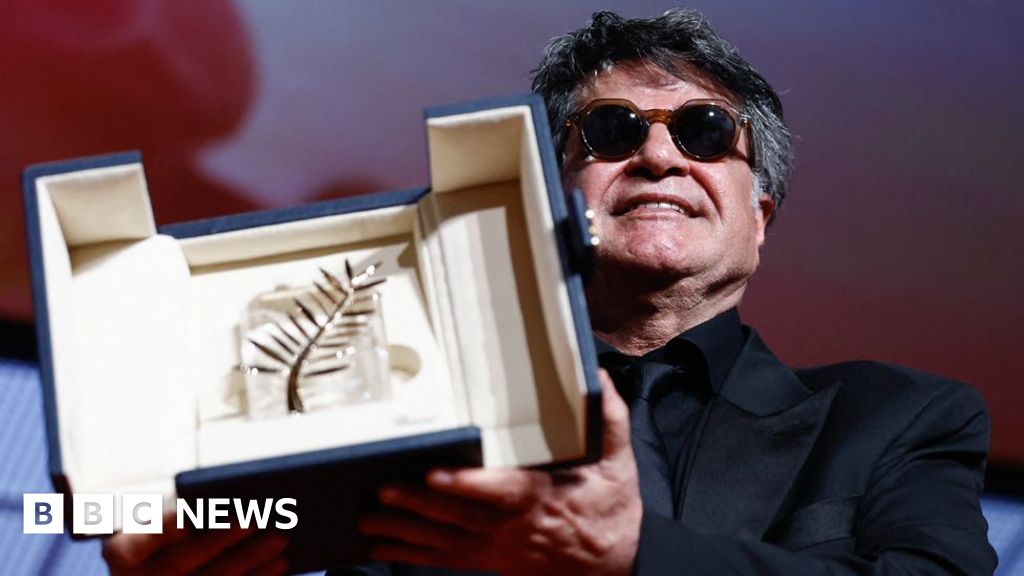ARTICLE AD BOX
 Image source, APPLE TV+
Image source, APPLE TV+
New York-born David Popa uses natural materials to create outdoor artworks
By Perisha Kudhail
BBC News
Artist David Popa has become known on social media for making large-scale artworks within natural landscapes.
His latest project, which launches on Monday, is an ode to the dinosaurs that roamed the earth before humans.
The New York artist said he chose the locations for the pieces partly because they looked "other worldly".
The completion of the pieces coincides with the release of Sir David Attenborough's new series, Prehistoric Planet, which Popa has worked on.
Image source, APPLE TV+
Image caption,Popa created this Triceratops on the UK's Jurassic Coast
Popa used natural surroundings to create his art and, for this collection, went to the Jurassic Coast in the UK, Utah and Finland to make large-scale dinosaur portraits.
The use of natural elements, such as charcoal and chalk, as well as the textures of the space, is what he says allowed him to create such exquisite artwork.
By using a drone, he was able to showcase his work to an audience and offer an idea about the scale of the piece.
"We're so used to seeing things on a horizontal plane and the textures in life, but how many beautiful locations are there that look completely different from top down?" he told BBC News.
"There's a limitless number of locations that look other worldly."
Before working with the team behind Apple TV's Prehistoric Planet, the artist was brainstorming ideas about how to use prehistoric influences to create art.
So when Popa had the opportunity to make this collection, he says he couldn't believe his luck.
"I'm literally planning to do a series of these unearthed fossils and then I get approached by Apple to do this project and I could not believe the universe synchronicity of it," he said.
Due to the use of drones and the constraints of the weather conditions, David revealed that there were often times when he thought his artwork wouldn't work.
Image source, APPLE TV
Image caption,Popa created this representation of a Hatzegopteryx, thought to have lived 66 million years ago, in Finland
Image source, APPLE TV+
Image caption,Popa created this Tyrannosaurus Rex in Utah
Popa told the BBC that creating this series was extremely challenging, and that he was drawn to locations with the most unique textures which often pose the most difficulty.
The race against the weather clock meant that Popa's days could add up to 15 hours in order to give him enough time to finish his pieces.
The artist said he was surprised when he checked in on his art using his drone and being pleased with it and how the environment and the rocks were an advantage.
"It looks like the skin of a Triceratops I didn't have to do too much because it was working for me," he said.
"If there is one thing I could really bring home, it's to really endeavour to do something and go on an adventure that you think you could fail on, and really see what you're capable of and I think that's appropriate for everyone."
The second season of Prehistoric Planet, presented by Sir David Attenborough, is out now on Apple TV+.

 2 years ago
34
2 years ago
34








 English (US) ·
English (US) ·